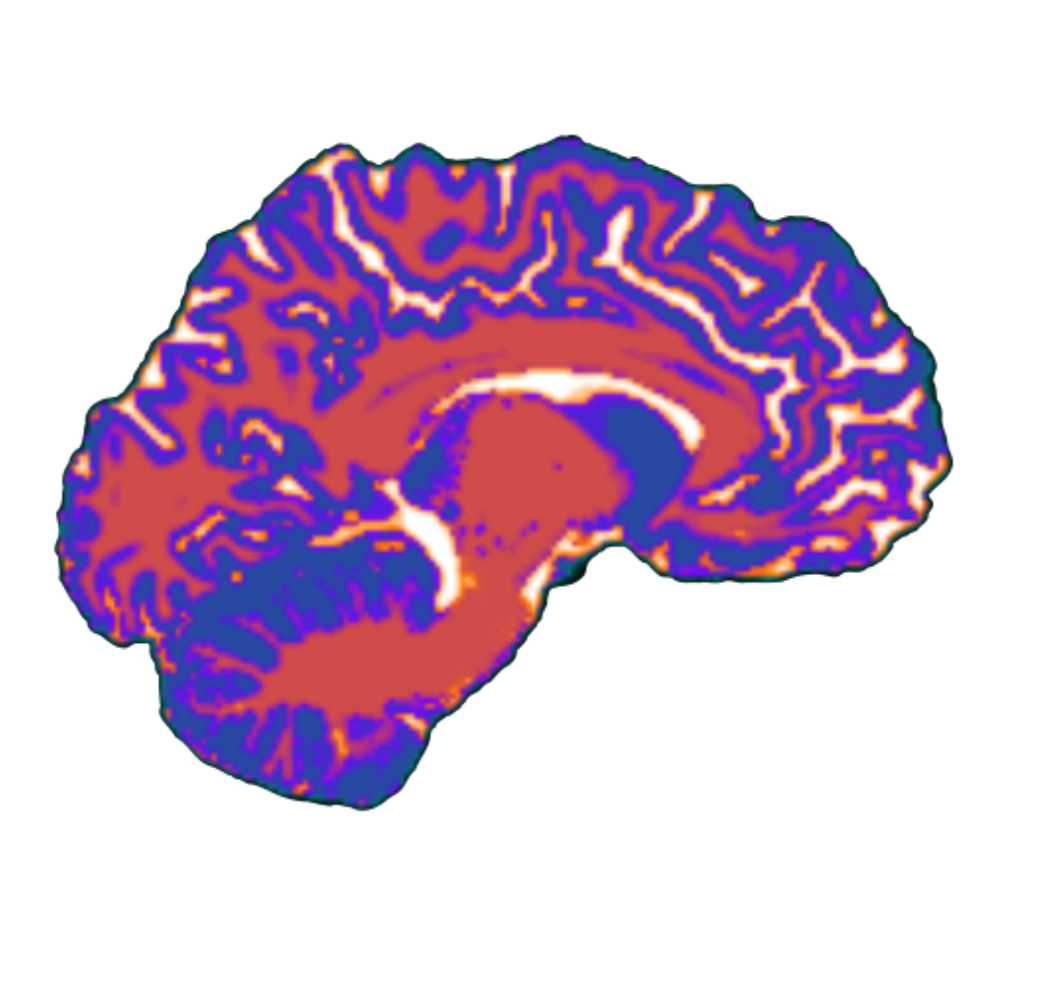Current Projects:
- ADHD + sex differences: Alyson (undergrad from Wellesley) and I are writing it up
- Modeling reading impairment in HBN: this is a somewhat recent collaboration with Ola from Gablab. I’ve been running the models (and updating them based on her feedback) and she’ll likely write it up – I ran a bunch of models before maternity leave, have one or two more analyses to do, should hopefully be a quick write-up (Ola will take the lead on that).
- Item analysis: collaboration with Kai (MIT undergrad) + Kseniia. Kai did a bunch of work over the summer under our joint supervision. I have yet to review his write-up and code but this project could be a stand alone paper or incorporated into other projects using phenotypic data from HBN. Have to touch base with Kseniia to discuss next steps
- CHOP BHS: I had run some preliminary models before maternity leave predicting suicide attempt using BHS data – didn’t get a chance to write up a document detailing some of the preliminary findings before maternity leave. This project is high priority for when I return, I’d like to have a draft to the team by end of year.
- CHOP LLM: I haven’t done anything on this project other than attend occasional meetings with Harsha. Hoping to incorporate the embeddings that he identifies into the CHOP BHS project at some point (but unclear on timeline for that).
- Cortico-cerebellar connectivity and neurodevelopmental disorders: preprocessing of fMRI has been done (finished by Yibei recently); next steps - identify cerebellar functional organization across developmental groups (ADHD; ASD; Control). Hypothesis: Convergence of neocortical inputs will not vary across the cerebellum in ASD group - specifically in “social cognition” regions of the cerebellum (medial-to-lateral Crus I/II); convergence of neocortical inputs in the group with no diagnosis (control group) will mirror healthy adults. Our finding in the ELife paper is that highest convergence from cortical regions to cerebellum is in regions linked to language, working memory and social cognition; lowest convergence is in regions of the cerebellum. Results on ADHD will be exploratory as to my knowledge there is not a well-defined literature on cerebellar involvement in ADHD. Technical considerations: Evaluating cortico-cerebellar models using resting state (or naturalistic movie) data - these models were previously built on task-based data. Predict cerebellar voxels or functional regions (or both?) - how do we optimally define cerebellar functional regions across these developmental groups?
I’d like the focus on the coming year to be on projects related to the developing cerebellum (if possible)
Future Projects:
- Prenatal cerebellar injury + adverse neurodevelopmental outcomes. I would like to leverage EHR data to identify children diagnosed with prenatal (or early postnatal) cerebellar injury (hemorrhage, posterior fossa syndrome etc.) and determine whether there is a relationship between this diagnosis and later neurodevelopmental disorders like ASD (I hypothesize that there will be). We have yet to show this result on a large-scale (thousands of participants). I have contacted Ran Rotem from Marc Weisskopf’s group - he gave a talk at the Picower in which he used EHR data to relate maternal hypothyroidism during pregnancy to later adverse developmental outcomes for their offspring. The challenge here is getting access to EHR that contain this information. From what I can remember, the datasets he used came out of Israel and other countries with national healthcare systems that reliably collect and store these kinds of data.
- Organization of cortico-cerebellar circuits in the neonate (first year of life): I’d like to leverage fMRI data (resting state presumably) to identify functional organization of the cerebella neonate and as a first pass identify whether we can replicate the Buckner study on the intrinsic organization of the cerebellum. The only person I know who is scanning neonates if Rhodri Cusack (at Trinity College Dublin). I know him from my time at Western Univ. I emailed him about the neonatal data he’s acquired there and enquired about cerebellar coverage - he’s not optimistic about signal in cerebellum but I will chat with him further to gain more insight into data. I was talking to Rebecca Saxe and unfortunately they cut off the cerebellum in all of their datasets (except Halie who included the cerebellum in her infant scanning protocol).
- Clinical collaboration? I’m wondering whether there is a possibility to collaborate with Jeremy Schmahmann on a pediatric cerebellar project? I think it would be interesting to adapt some of the behavioral tasks that have been used to test adults with cerebellar degeneration (semantic prediction; social sequencing; mental rotation etc.) and test children with cerebellar injury (e.g., posterior fossa syndrome). I don’t know who else in the cerebellar world currently works with children but I figure Jeremy might be the best bet.
Datasets to Consider:
- Nick Turk Browne and Cameron Ellis have done awake task-based fMRI with infants - one of their large datasets is publically available
- Developing HCP, which is publically available - resting state data from sleeping newborns and infants.
- Datasets coming out of fetal-neonatal neuroimaging developmental science center may have neonatal MRI and/or fMRI datasets?
- Neonatal dataset from Rhodri Cusack’s lab at TCD (not currently publically available)
- Still looking for a dataset that contains EHR data from the prenatal period (containing information on normal/abnormal cerebellar development) + follow-up information on developmental outcomes
